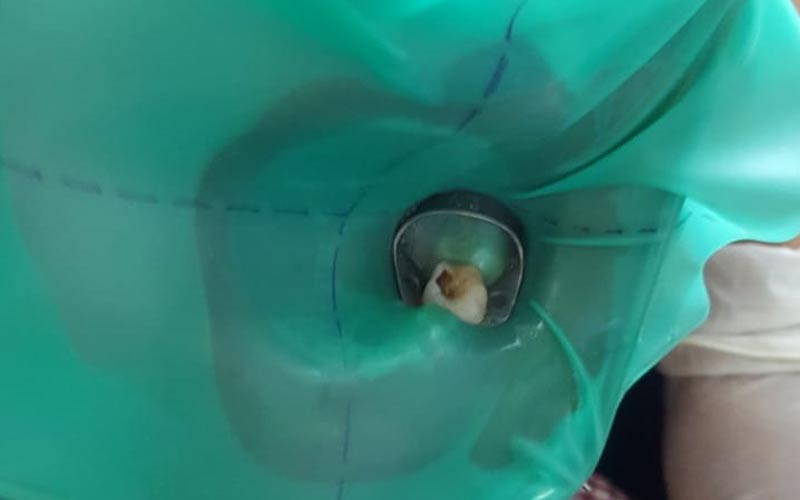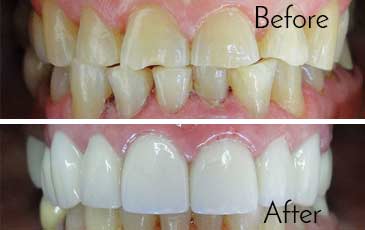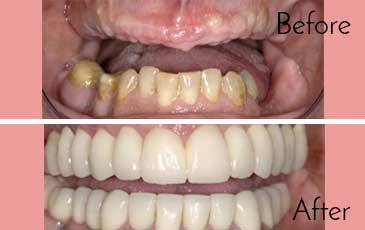
Pulpotomy
The "pulp" of a tooth cannot be seen with the naked eye. Pulp is found at the center of each tooth, and is comprised of nerves, tissue, and many blood vessels, which work to channel vital nutrients and oxygen. There are several ways in which pulp can be damaged. Most commonly in children, tooth decay or traumatic injury leads to painful pulp exposure and inflammation.
The primary goal of pulp therapy is to treat, restore, and save the affected tooth. We perform pulp therapy on both primary (baby) teeth and permanent teeth. Though primary teeth are eventually shed, they are needed for speech production, proper chewing, and to guide the proper alignment and spacing of permanent teeth
How is pulp therapy performed?
Initially, we will perform visual examinations and evaluate X-rays of the affected areas. The amount and location of pulp damage dictates the nature of the treatment.
Pulpotomy
If the pulp root remains unaffected by injury or decay, meaning that the problem is isolated in the pulp tip, we may leave the healthy part alone and only remove the affected pulp and surrounding tooth decay. The resulting gap is then filled with a biocompatible, therapeutic material, which prevents infection and soothes the pulp root. Most commonly, a crown is placed on the tooth after treatment. The crown strengthens the tooth structure, minimizing the risk of future fractures.
In general, reabsorbable material is used to fill primary teeth, and non-reabsorbable material is used to fill permanent teeth.
Chamber pulp removed and replaced with medicated filling
Canal pulp stays alive (hopefully)


